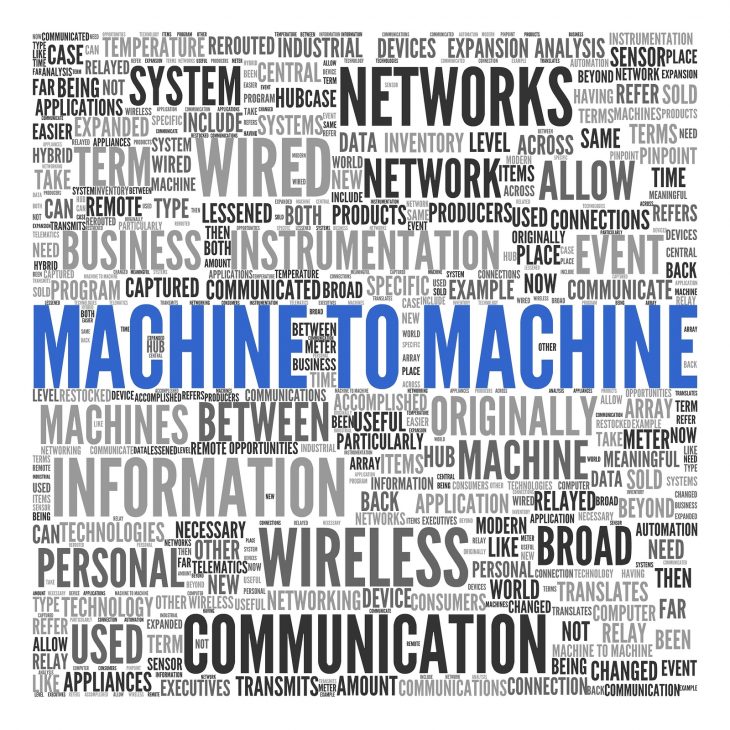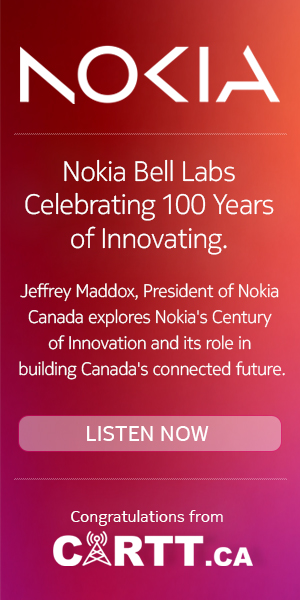
TORONTO – Near Field Communication (NFC). Machine to Machine (M2M). Internet of Things (IoT). Different phrases, different acronyms, same concept – wireless device-to-device connectivity that enables contactless communications, most notably today for mobile commerce.
With so many different definitions buzzing around, “it’s very noisy and it’s very confusing,” said Manoj Jain, communications and media sector leader for Microsoft Canada, who appeared along with other wireless device experts on a panel called “Rage of the Machine” at the Canadian Telecom Summit on Wednesday morning. Jain said Microsoft uses the phrase “Internet of your things” to explain the concept to its customers.
“And by ‘your things’, I mean the devices and the services that you have today, start connecting them in a new way, in terms of enabling different scenarios.”
Talking less about technology pieces and more about solutions that solve business problems is the only way M2M technology will gain traction with customers in Canada, said Mansell Nelson, vice-president of advanced business solutions for Rogers Communications. “It could be a courier company, it could be a manufacturing company. When we go to them and say, ‘You need M2M’, they look at me like they need a hole in the head. They need solutions that help them solve business problems or change the way they can operate,” he said.
“As long as we, as an industry, just talk about the pieces part of the technology – the platforms, the SIMs, the modems and the modules – it’s never going to hit the velocity that we want it to get to.”
Wen Tong, chief technology officer for wireless device manufacturer Huawei Technologies, said the next generation of wireless technology has the potential to revolutionize many vertical industries. The hundreds of billions of connections made possible by M2M technology will encompass not only wireless devices, but computers, vehicular telemetrics, residential and commercial buildings, industrial automation systems, shipping logistics and consumer products, he said. “The next generation of wireless is not only about smartphones. It’s a post-smartphone era,” Tong said.
“What really needs to tip it off is to have it start to be coordinated. We need healthcare coordinated with the connected car, coordinated with the smart grid, coordinated with education, coordinated with entertainment, so all these things can become the Internet of things.” – David Keegstra, Ericsson
David Keegstra, chief technology officer for Ericsson Canada, said the technology and connectivity necessary to enable M2M communication are available today in Canada. What’s missing is tying everything together to allow it to scale to a true an Internet of things. “What really needs to tip it off is to have it start to be coordinated. We need healthcare coordinated with the connected car, coordinated with the smart grid, coordinated with education, coordinated with entertainment, so all these things can become the Internet of things,” Keegstra said.
Rogers’s Nelson said “somebody has to be the brave person to go first, to be the game changer” and yet the approach to M2M must be one of “baby steps”, he added. “I think sometimes people get lost in trying to figure out the huge end state, and then it becomes so daunting, it’s actually easier to do something else… If you try to hit a homerun, it tends to be challenging. So I think it’s about taking those baby steps and figuring out the problem that you’re trying to solve.”
Equally important, Nelson added, M2M “can’t be an incremental cost. It has to be an offset to something you’re going to change the way that you do.”
Mobile commerce is one of the first areas to use M2M technology, with about 75% of major retailers in Canada capable of doing contactless payments, according to Nauby Jacob, vice-president of products, services and content for Bell Canada. Canada leads the mobile commerce market in terms of the number of carriers and banks who are actively participating in mobile payments. “The ecosystem is ready, the market is ready,” Jacob said.
However, there are still only a small set of devices today that can do wireless payments, Jacob added. Bell announced on Wednesday that the CIBC Mobile Payment app is now available for Bell smartphones.
Nelson concluded the panel discussion by saying contactless payments are only the first example of how M2M technology will be used by consumers.
“I think what’s really exciting is you’re going to see the next step of the technology leading to identification services, (support for) prepaid cards, all these things. The financial institution emulating a credit card in my phone is really just the first step of what you’re going to see in contactless services.”




